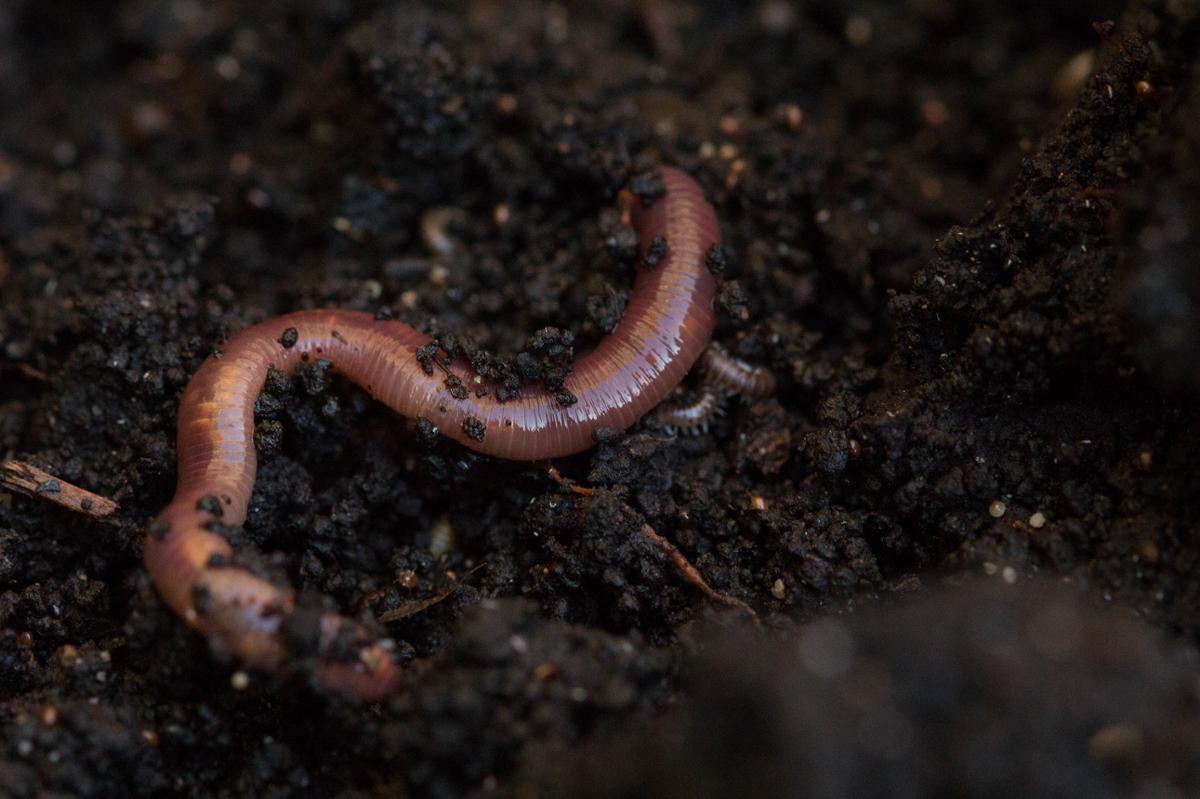Y: Are you still planting a garden every year, Don?
D: Yes. It's growing more and more food each year, and I have to credit all the earthworms I have. They are great at breaking down fallen leaves and compost into nutrients the garden plants can use. I never met an earthworm I didn't like.
Y: You haven't met an Asian Jumping Worm then.
D: It's hard to imagine a jumping worm, Yaël.
Y: Jumping worms are an invasive species that moved into Wisconsin in 2013. They don't really jump, but they got their name from the way they flop and wiggle when held or disturbed. Like regular earthworms, they recycle organic material back into the soil, but they do too good of a job.
D: How can that be?
Y: Instead of living deep in the soil, jumping worms live near the surface. They also live much closer together, so more worms are found per acre of soil. Wisconsin researchers studying their impact on forest and prairie soils found that jumping worms could remove up to ninety-five percent of the leaf litter on the forest floor. That's roughly twice as fast as your worms, Don.
D: That sounds like a good thing.
Y: The trouble is, the worms eat too much of the leaf litter too quickly, and leave behind grainy balls of recycled material that are like pebbles. The soil becomes bare and clumpy. Because the balls release nutrients from the dead leaves at a much faster rate, they may wash away before they can be used by plants. It also hurts plants that need the leaf litter for protection until they get established.










